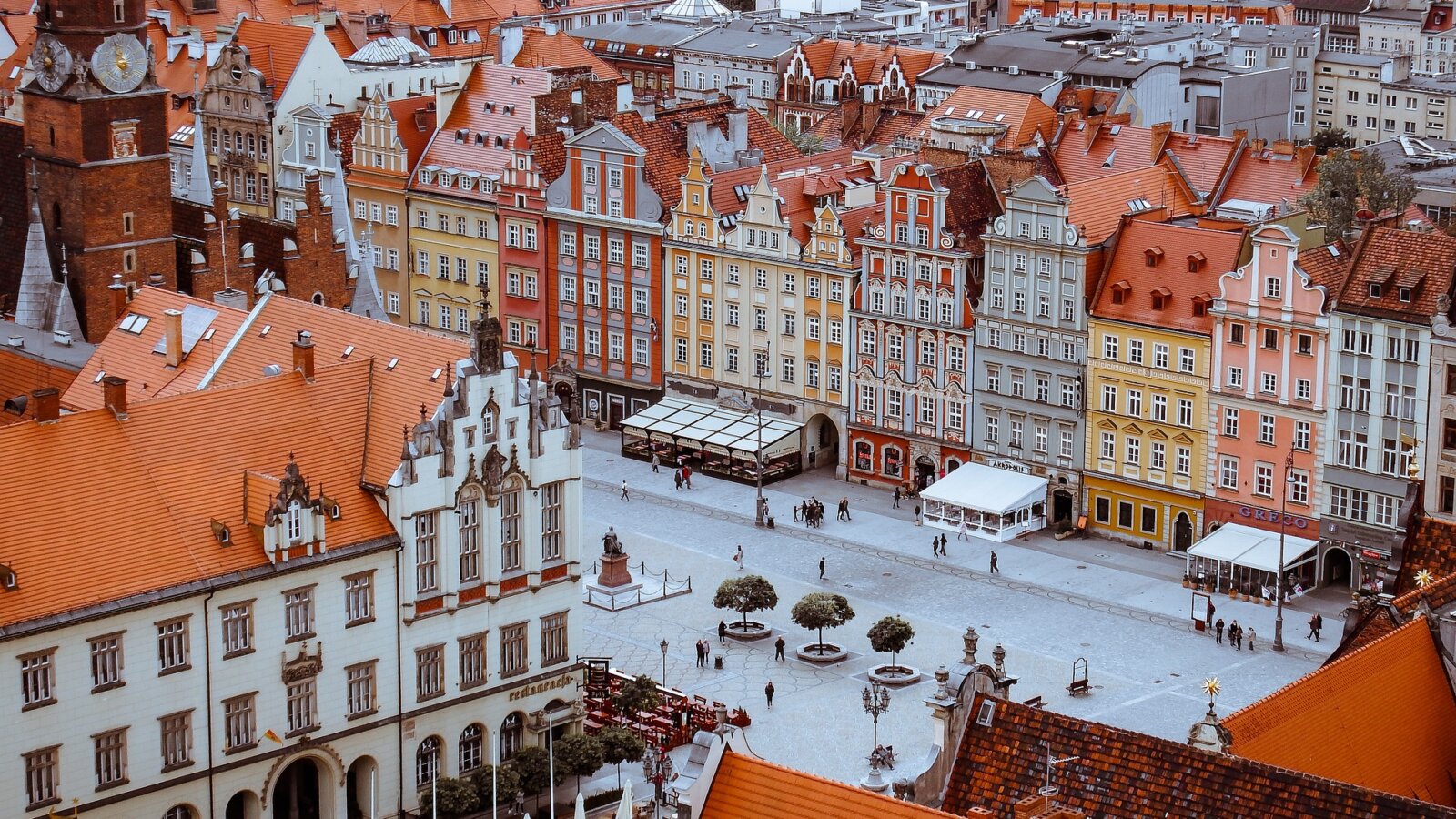
 Wrocław’s Road to Independence
Wrocław’s Road to Independence
‘When Poland regained independence in November 1918, Wrocław, then known as Breslau, remained under German control, far removed from the borders of the reborn state. Yet the spirit of Polishness, buried beneath layers of Prussian administration and German culture, would later rekindle here like embers beneath ash. For in truth, the history of Wrocław is the story of Polish independence told in reverse,’ writes Michał KŁOSOWSKI.
.In the nineteenth century, Wrocław was one of the leading centres of German science, culture, industry and administration. But for Poles living under foreign rule, it held a special significance as a place where paths of emigration, underground activity and the search for identity converged. Polish students at the then-Prussian University of Wrocław were few in number, yet resolute in spirit. The city also served as a meeting point for national activists from Greater Poland and Silesia; it was a place where the idea of independence remained alive in both mind and heart.
While Warsaw and Kraków celebrated their newfound freedom in 1918, Breslau remained under German rule. However, the echo of independence reached here, too, spreading through Polish parishes and the homes of teachers and clergy who believed that Wrocław’s liberation was only a matter of time. That faith, the patient endurance of memory, would later become one of the core elements of the city’s identity. Of particular note is how this hope was embodied in the Home Army’s already remarkably advanced plans to rebuild Poland following the Second World War. One such plan was the development of the so-called New Lands – later rebranded by the communists as the Recovered Territories – which first appeared in the programmes of the underground state during the 1940s occupation. Many intellectuals involved in secret activities at the time believed that the future Polish state should include not only Szczecin in the west but also Gdańsk, Königsberg and Klaipėda. The Department of Industry and Trade drew up detailed schemes for bringing these ports back into operation as swiftly as possible, compiled lists of qualified personnel – complete with names of experts still in the country – and classified the Baltic ports by category according to their anticipated role in Poland’s post-war development.
Return to Poland and the Dawn of a New Beginning
.Following the events of 1945, Wrocław, along with Gdańsk and Szczecin, became part of Poland again. But the process was not straightforward. Once German, the city became Polish and, rising from the ruins, it became the capital of a new region. Those resettled here from the Eastern Borderlands, from Warsaw, Lviv and Vilnius, brought with them their traditions, their memories, and above all their belief that people could rebuild more than just walls.
Wrocław thus became a laboratory of a renewed Polish identity – not the inherited kind shaped by centuries, but one forged anew: conscious, open, difficult, rooted in the experience of loss yet nourished by hope for the future. A city that had not been Polish for centuries began teaching Poles that independence is not merely a political fact but an act of responsibility and, at times, a reckless leap of faith. Here, amid ruins and rubble, among people who had come from different lands, a new community was born – one that understood independence not as a reward but as an obligation. Post-war Wrocław was therefore both a city of physical reconstruction and a place of spiritual renewal of Polishness. It was reflected not least in the complex Polish-German relations that would become central to Europe’s history in the latter half of the twentieth century.
The history of Wrocław under communist rule is also one of the most inspiring chapters in Poland’s long road to freedom. It was here that Kornel Morawiecki’s Fighting Solidarity emerged, a movement that rejected compromise and upheld the absolute primacy of truth and liberty. It was the Wrocław printing houses that published thousands of banned books, leaflets and journals. And it was here, in academic chaplaincies, that many young people discovered that freedom begins in the conscience long before it makes its way to the streets. Thus, in the 1980s, Wrocław became one of the chief centres of resistance against communism. It proved that true independence is not just a matter of changing regimes, recovering borders or having a name restored to a map. Instead, it is a treasure that asks for bravery every day. From here came the signs that Polish freedom, suppressed and silenced though it was, lived on and would endure because it is written into our spiritual code.
A City That Teaches Responsibility
.Today, Wrocław stands as a symbol of encounter. It is a place where past and future meet and where memory intertwines with modernity. Its history shows that independence is not a single moment in time but rather a continuous process of learning how to remain true to oneself in a world of shifting values, linguistic diversity, changing identities and even cultural conflict. Wrocław teaches us that freedom is only meaningful if it is grounded in remembrance, because it is by remembering the past that we find a path towards the future. The people of Wrocław – descendants of borderland settlers, insurgents, workers and intellectuals – show us that Polishness is not a relic locked away in a museum but a living experience of a community that embraces others.
In this sense, Wrocław is one of the most important cities of Polish independence, even though it did not regain it at the same time as others. Its journey took a different course – slower, perhaps, but in some ways more profound. It shows that freedom is not always born in moments of euphoria; sometimes it ripens slowly, amid silence and effort, through rebuilding and even through the fear of history repeating itself. And, like Poland’s independence, it has many faces: of the legionnaires of 1918, the Katyń officers, the cursed soldiers, the Warsaw insurgents, the builders, the workers, the conspirators, the teachers and the chaplains. They all proved that Polishness can be rebuilt not only from ruins but even from dispersion; that Polish spirit is not just a flag on a mast but daily work, honesty, solidarity, responsibility and, in the moment of trial, the truest and most uncompromising act of defiance.
Today, a European city of culture and learning, Wrocław reminds us that freedom is never granted once and for all. Every generation must reconsider its meaning, defend it and live it anew. In this sense, the story of Poland’s independence and Wrocław’s history converge, united by the belief that genuine freedom stems not simply from victory but from loyalty to values and remembrance of those who, in the darkest of times, stood their ground and proclaimed, “This is not the end.”





